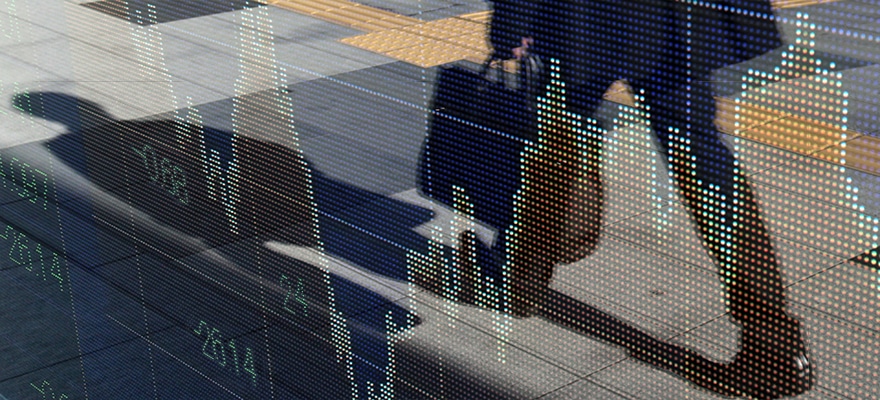Traditional Hedge fund managers and CTA’s have been opening their portfolios to FX markets as Forex is gaining recognition as an avid asset class that should be taken seriously.
Investors have been attracted to the returns currency managers can make in light of the Volatility markets have shown. Most recently the currency markets remained volatile, driven by the ongoing sovereign debt crisis in Europe, weaker than expected economic data releases in the US, and heightened global inflation concerns. For the month, the DXY Index, a US dollar weighted index against a basket of G7 currencies, was lower by 45 basis points. Among the major currencies, the Swiss franc experienced the biggest gain, strengthening 2.20% versus the dollar and 1.69% against the euro. The yen and euro appreciated 1.39% and 0.50%, respectively, versus the US dollar. For the quarter, the Swiss franc gained 9.64%, the euro rose 1.89% and the yen increased 3.55% versus the dollar.
The Parker FX an industry recognised performance indicator of how well the leading FX hedge funds managers are performing reported a -1.12% return for the month of June. Fifty-nine programs in the Index reported June results, of which fifteen reported positive results and forty-four incurred losses. On a risk-adjusted basis, the Index was down -0.47% in June. The median return for the month was down - 0.48%, while the performance for June ranged from a high of +2.16% to a low of -7.64%.
In addition to the broad Parker FX Index, there are two style driven sub-indices: the Parker Systematic Index, which tracks those managers whose decision process is rule based, and the Parker Discretionary Index, which tracks managers whose decision process is judgmental. During June, the Systematic Index was down -1.11%, and the Discretionary Index decreased by -1.12%. On a risk-adjusted basis, the Parker Systematic Index was down - 0.40% in June, and the Parker Discretionary Index was down -0.81%.
Investors can use indices to get an overview of the market and what returns to expect, the currency markets being off exchange do not have an industry benchmark like stock market indices however one of the leading FX banks has been showcasing its performance and is widely recognised with strong historic data. The Deutsche Bank Currency Returns (DBCR) Index has delivered returns in excess of 4% and has a Sharpe ratio of 0.80, DB have been providing consistent data since the 1980’s.
In comparison the Parker FX Index is a performance-based benchmark that measures both the reported and the risk adjusted returns of global currency managers. It is the first index used to analyze un-leveraged (risk-adjusted) performance in order to calculate pure currency alpha, or manager skill. The 306-month compounded annual return since inception (January, 1986 through June, 2011) is up +11.35% on a reported basis and up +3.06% on a risk adjusted basis.
From inception (January, 1986 through June, 2011) the compounded annual return for the Parker Systematic Index and the Parker Discretionary Index, on a reported basis, is +11.57% and +9.32%, respectively.
From inception, the compounded annualized return, on a risk-adjusted basis, for the Parker Systematic Index and the Parker Discretionary Index, is +2.74% and +3.63%, respectively.
FX hedge funds will continue to show strong growth. Equity returns have been slim and clients are now exposed to efficient trading strategies implemented by leading FX managers. Currency managers are reporting increasing amount of AUM, the constituents of the Parker Index alone manage $48 billion.

















